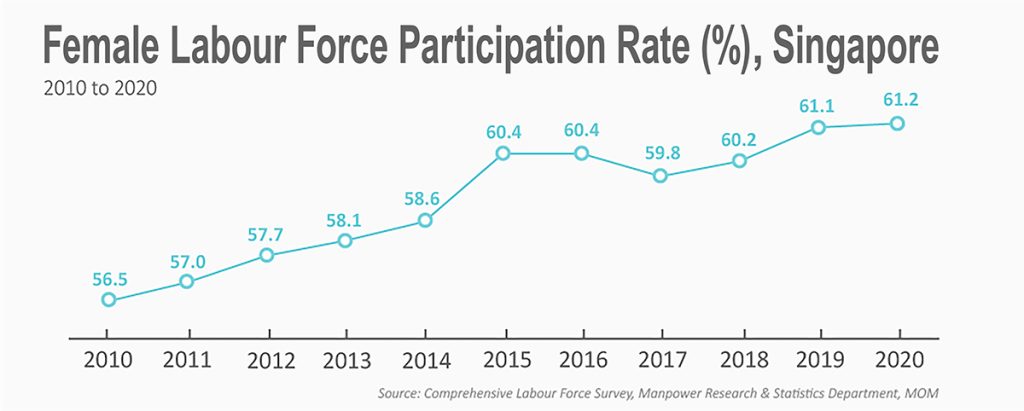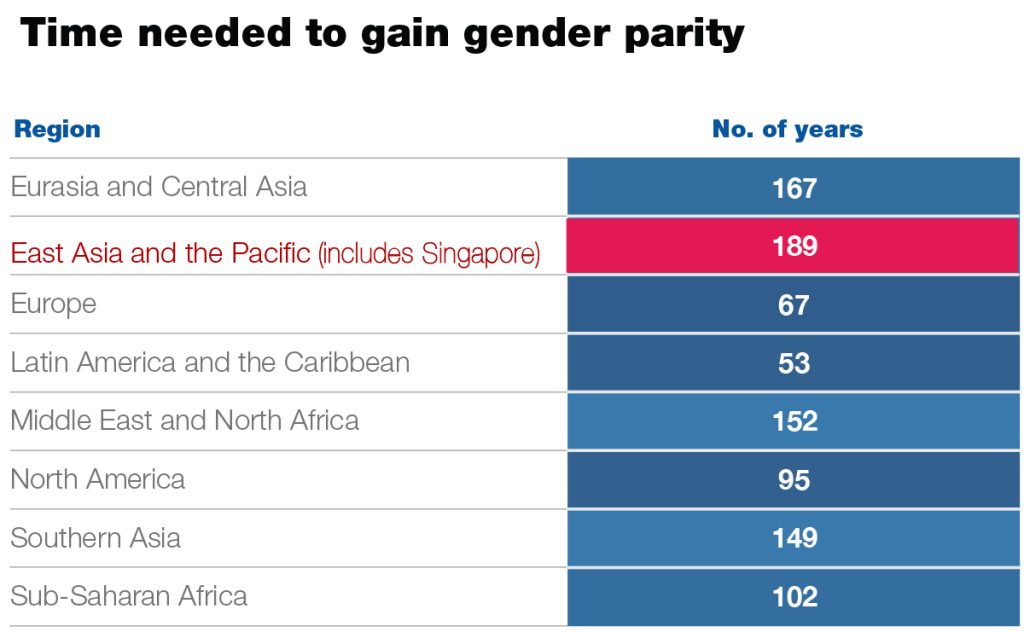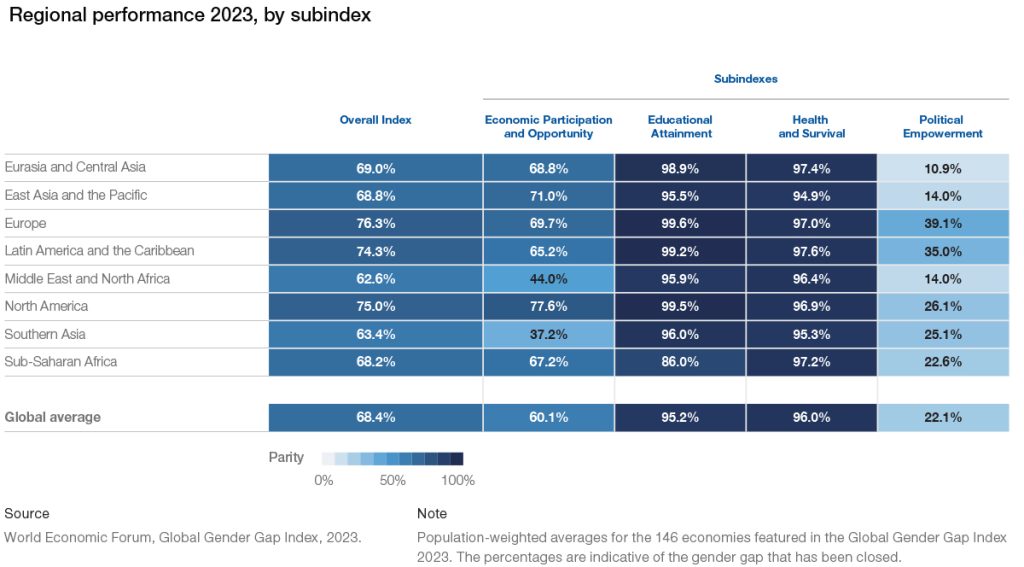
Singapore has made progress in narrowing the gender pay gap in the last five years, though pay parity will require more time and concerted effort on all fronts. According to data from the Ministry of Manpower (MOM), released in March this year, in 2023, the median income for women working in the city-state was 14.3% less than that for men, a narrower gap than the 16.3% in 2018. After accounting for human capital and labour market factors, the adjusted gender pay gap was 6.0%, narrower than the 6.7% in 2018.
The differences in occupation between women and men remained the key factor influencing the gender pay gap in 2023, among the factors analysed. For instance, as men were overrepresented in higher-paying occupations, it affected the findings. Nonetheless, over the last five years, the gender pay gap has contracted, largely because the occupational profile of females improved more than that of the men. In 2023, 75% of women in the workforce had jobs as professionals, managers, executives and technicians (PMETs), an increase of 8.8 percentage points from 2018. Over the same timeframe, although 79.4% of men were in PMET jobs, the increase was 6.3 percentage points.

In terms of female participation in the Singapore workforce, more women have been working over the past decade. According to MOM, the labour force participation rate for women in 2010 was 56.5% and, by 2020, it had risen to 61.2%. In 2023, it edged up to 62.2%, according to Statista. This compares well with other countries including Vietnam (68.9%), New Zealand (67.4%), Japan (54.8%) and the US (57.3%).

Singapore is seeing results in its push towards diversity, equality and inclusiveness (DEI), which include women’s rights and equality in job opportunities. MOM data show an escalation in the labour force participation rate for women, as well as in their total full-time employment rate, median gross monthly income, and variety of flexible working arrangements available.
Subtle biases remain
A recent survey shows that DEI efforts regarding gender equality is a work in progress, especially in combating ingrained biases. Indeed’s global research report, Promoting Women For Better Work 2024, shares that 37% of respondents said they saw a substantial gender pay difference in Singapore, and 57% believed women must exert more effort than men to gain recognition. Only 30% thought the pay gap issue could be resolved in the next five years; the majority suggested 50 years as a more realistic timeline.
Despite the expressed unhappiness over gender pay disparity, 66% of women in Singapore have never asked for a pay increase. The reticence in asking for a pay rise, promotion or higher profile role stemmed largely from a fear of negative consequences as well as a general discomfiture to step forward. This suggests that gender biases exist among both women and men, and are deep-steeped in culture and corporate norms. On the work front, however, there is positive news – 76% of those who asked for more from their company got something in return.
If women played an identical role in labour markets to that of men, as much as US$28 trillion, or 26%, could be added to the global annual GDP by 2025, says UN Women, the United Nations (UN) entity dedicated to gender equality and the empowerment of women. However, women’s participation in the workforce lags far behind that of men. Additionally, gender inequalities have also concentrated women at the bottom of the global value chain, with attendant disadvantages like being in the lowest-paid jobs; in piece-rate, subcontracted work and insecure forms of self-employment, with little or no access to decent work and social protection.
Another study, by the World Economic Forum (WEF), examines gender parity across eight regional groupings. According to the Global Gender Gap Report 2023, gender parity in East Asia and Pacific (which includes Singapore) has a gender parity of 68.8%.
Within this regional grouping, New Zealand, the Philippines and Australia have the highest parity, with Australia and New Zealand also being the two most-improved economies in the region. Fiji, Myanmar and Japan are at the bottom of the list, with Fiji, Myanmar and Timor-Leste registering the highest declines. At the current rate of progress, it will take 189 years for the region to reach gender parity.

The report analysed gender parity according to four subindexes. The chart below shows how the regions compare with each other, and by subindexes.

The way forward towards gender parity is clear. Communities must take DEI seriously, and salaries must commensurate with the work and not the gender. It will take time and the will and involvement of all parties from governments to corporates and individuals – both women and men – to achieve this. Hopefully, it is sooner rather than later.